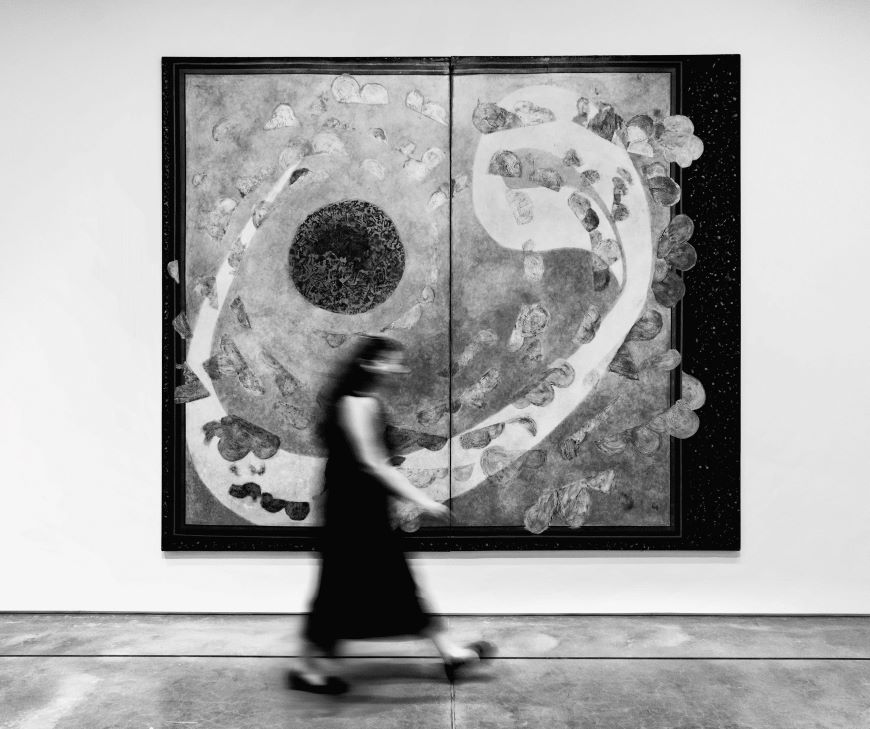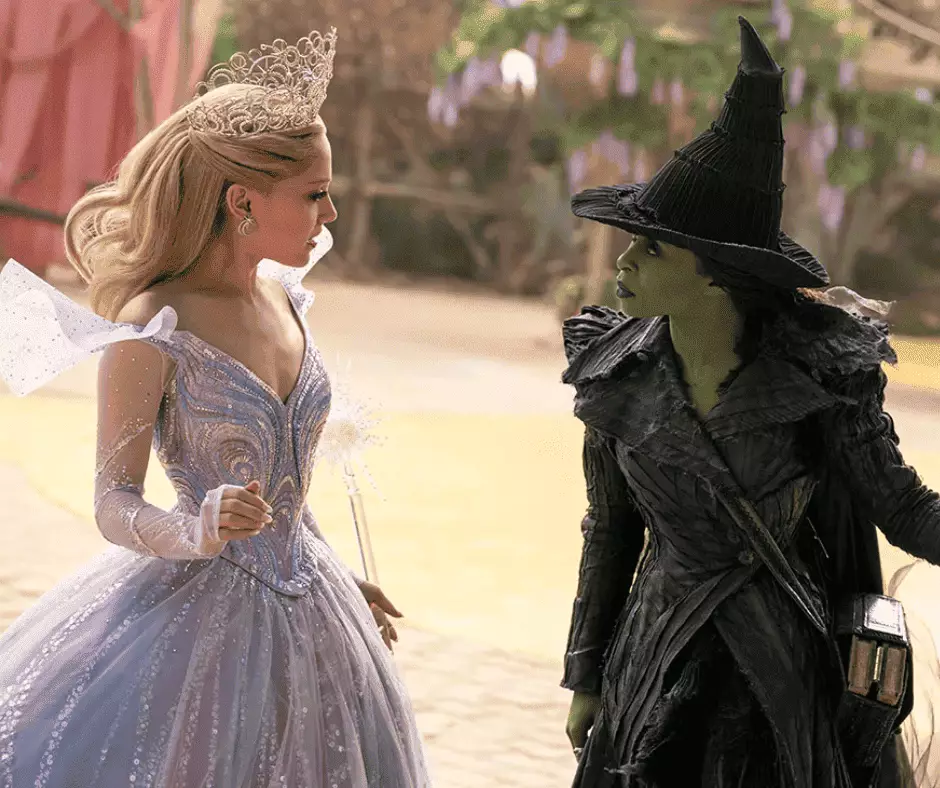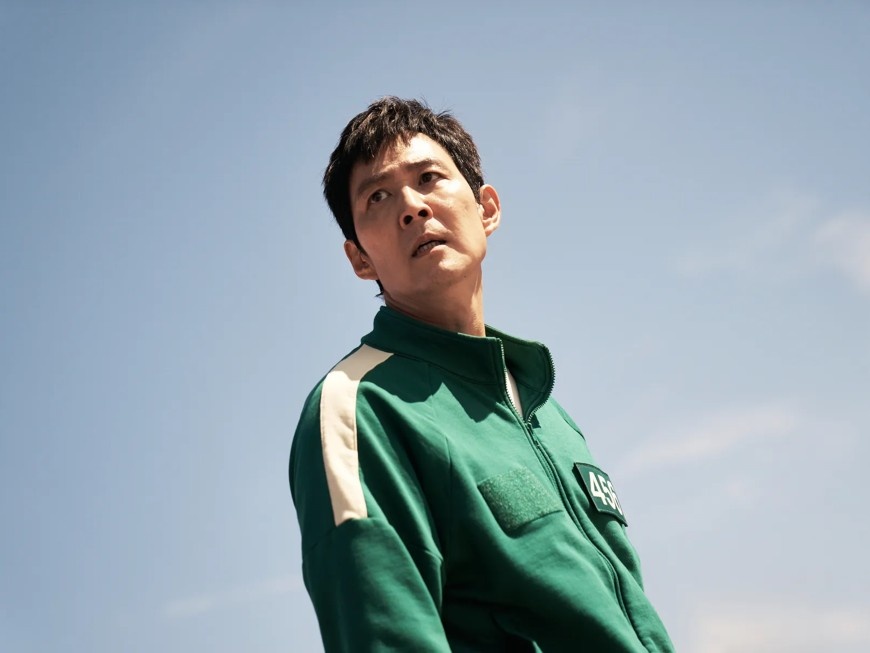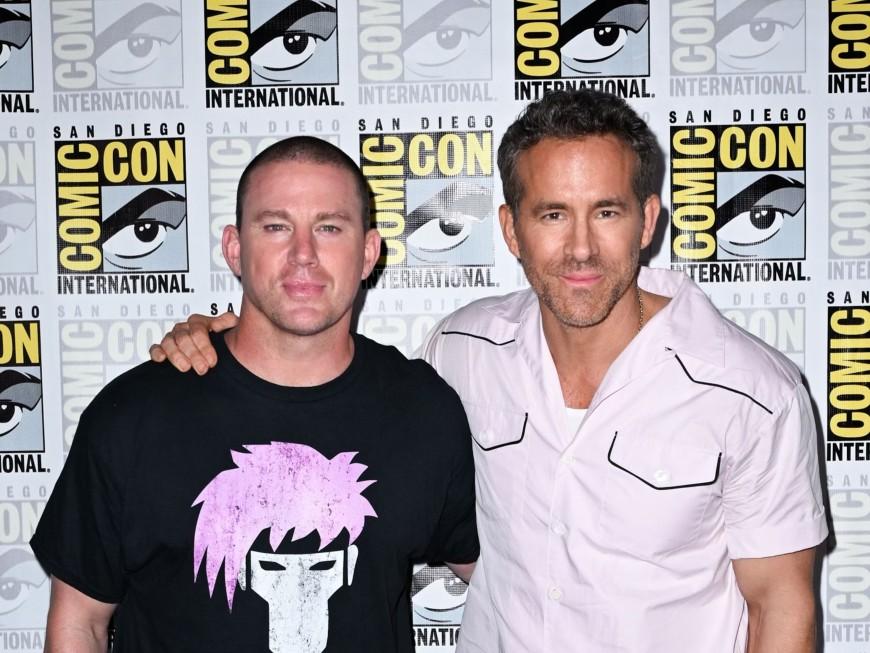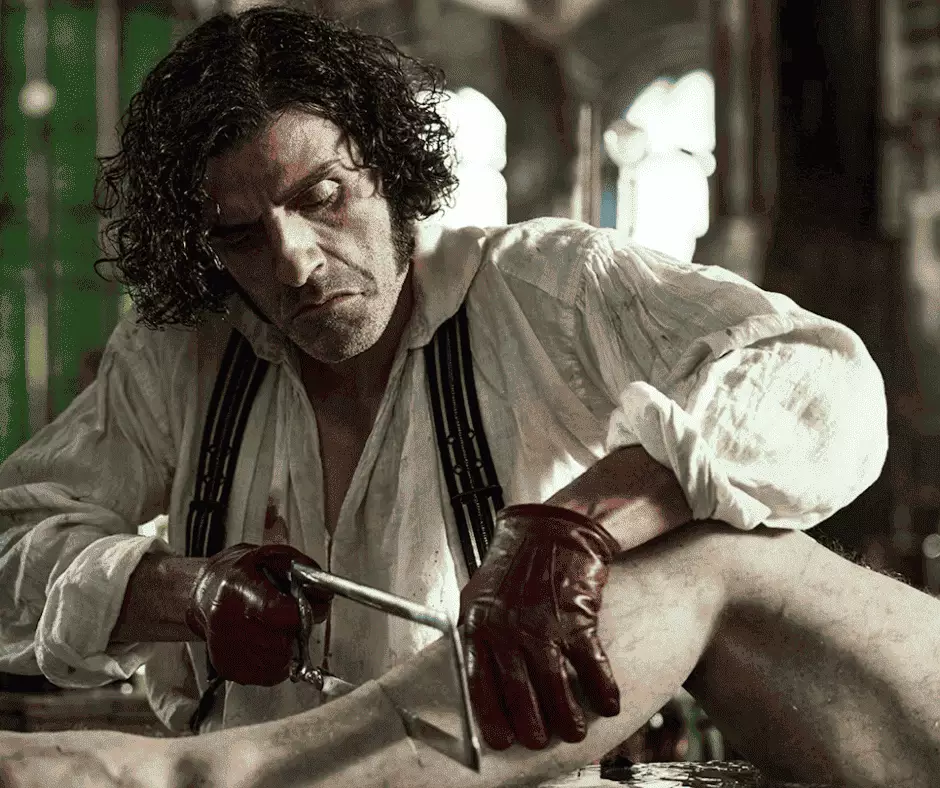What AI Does (And How It Learns)
AI in creative fields often works by learning from existing works. It studies lots of images, music, and text. It notices patterns: how colours combine, how rhythms repeat, how stories build tension. From this, AI can generate new content based on prompts or inputs from users. It does not have feelings, experiences, or original memories. It draws from what it has seen, heard, or read already.For example, an AI music generator has been trained on many songs. When asked to compose something new, it uses what it learned about melody, rhythm, and harmony. The result might sound fresh. But it comes from combinations and re-imagining, not a lived experience.
What Humans Bring: Why Creativity Still Matters
Humans add layers that AI cannot replicate.Intent and Story
Human creatives decide why they make something, who they are speaking to, and what feelings to evoke. They embed personal stories, mistakes, hopes, and regrets. That intention influences every decision. AI has no intentions. It follows rules and probabilities.Emotion and Empathy
Creators live, sense, suffer, dream. Those experiences shape art in ways that connect to other humans. Audiences respond to vulnerability, surprise, and identity. AI might mimic these things, but it does not feel.Ethics and Choices
Creators face ethical dilemmas: What do I borrow? Whose culture am I using? Do I respect copyright? AI tools often do not think about those questions. They might reproduce work without proper credit. Human creators bear responsibility for their choices.Mistakes, Beauty, Imperfection
Imperfect lines, unexpected texture, odd brush stroke, mistranslated phrase–those often make art memorable. Human error sometimes leads to beauty. AI tends to smooth over and average out. The unexpected comes when humans allow it.Key Challenges We Need to Talk About
While AI can offer powerful help, there are challenges that need careful handling.Copyright and Ownership
When AI uses existing works to train, who owns the result? If someone’s voice or likeness, or melody is used without permission, is that fair? The industry is grappling with laws around this.Fair Compensation
Artists whose works feed into AI might not always be paid or credited. They might lose income if AI-generated content competes with their own.Bias and Representation
AI reflects what it has been shown. If its training data lacks diversity, its output will too. That can mean reinforcing stereotypes, marginalising certain voices.Homogenization
If many people use similar AI tools, styles might start to look similar. Novelty could suffer. When creativity converges around what the AI is good at, some edges might get smoothed off.Where AI Helps Creatives Shine
AI tools also unlock new possibilities. Here are some ways human creators are using AI well.Idea Jump-starts
AI helps overcome blocks. If you’re stuck on a melody, colour palette, or storyline, AI can suggest something you wouldn’t have thought of, a spark. Then you take that and build.Access and Experimentation
Tools that used to require expensive hardware or deep technical knowledge are more accessible now. Artists who couldn’t try digital art before can now play with tools, test styles, and fail fast.Collaboration
AI can act like a collaborator. It might generate a draft or give multiple options. The human chooses, refines, and reshapes. This interplay can lead to unexpected beauty.Efficiency for Repetitive Tasks
Tasks like cleaning up audio, fixing lighting, and cleaning up sketches–AI helps reduce time there. That gives the human more mental space to work on core, meaningful creative choices.Practising Creativity Responsibly
Using AI in art works best when done with care. That means knowing where your material comes from, respecting permissions and licences, and being open when a piece was shaped with AI. It also means protecting your own style so the technology supports your voice rather than replacing it. Staying curious with experiments, while keeping an eye on evolving laws, helps ensure your practice remains fair and sustainable.What Creativity Keeps Human
Certain qualities remain outside the reach of machines. Trust, connection, and the sense of being understood all come from lived human experience. Originality often grows out of risk and imperfection, and values like meaning, justice, and identity guide creative choices. Most of all, the unpredictable leap from thought to expression is still uniquely human.Imagining What Comes Next
AI tools will likely become more skilled at handling style, culture, and context. Systems for credit and payment may emerge to give artists recognition when their work is used. Education will adapt by teaching new skills around prompts and ethics. Audiences, too, will grow more discerning, asking what role the human played and what values guided the work.Final Thoughts
Creativity keeps changing. Tools change. Technologies arrive. But the heart of creative work stays tied to human curiosity, feeling, and story. AI adds powerful new brushes, new colours, and new possibilities. It’s up to creators to choose how to use them, when to lean in, when to resist, and when to care.If you create, I hope you feel excited by what you can make with AI, and also grounded in what only you can bring to creative work. If you’re exploring, be generous with yourself when you experiment. There is space for both machine-aided wonders and human truth.
Keep Your Creative Flow Clear
Experimenting with new tools can be thrilling, but handling the practical side of creative work often feels messy. That’s where Creative Splits helps. Our platform takes care of the complex parts of payment management, so your focus stays on the work that matters most: creating.If you want to simplify your workflows and give your projects the clarity they deserve, explore what Creative Splits can do for you.
Learn more about Creative Splits.
